Food Production Systems in the UK
1/25
There's no tags or description
Looks like no tags are added yet.
Name | Mastery | Learn | Test | Matching | Spaced |
|---|
No study sessions yet.
26 Terms
How much of UK land is used for agriculture?
~70%
-1/3 used for crops
-2/3 used for permanent grasslands
What proportion of people in the UK are employed in the food sector?
1 in 7 people.
Employs ~ 0.5 million people.
Describe the common modifications of lowland areas for agriculture
1) All grass monoculture (West and North UK) - used for cattle and sheep.
2) Arable cash crop monoculture (East and South UK) - used for human and animal feed production.
3) Mixed farming system (Large proportion overall in the UK) - Both arable and grazing cultures.
List 3 ways arable and livestock farming is linked
-Arable farming produces feed such as swill or grain for livestock.
-Livestock farming produces manure as fertiliser for arable systems.
-Arable farming produces bedding for livestock (e.g. hay).
What is the overall self-sufficiency of feedstuffs in the UK?
~62%
What is the self-sufficiency of meat production in the UK?
~74%
What is the self-sufficiency of dairy and egg production in the UK?
~82%
What is the self-sufficiency of cereal production in the UK?
~62%
What is the self-sufficiency of fruit and vegetable production in the UK?
~23%
Describe intensive animal food production
-Shorter growth period
-High input but high output
-High stocking density
-Less time spent on the farm
Describe extensive animal food production
-Longer growth period
-Low input but low output
-Low stocking density
-Animals spend more time on the farm
List 3 factors that may influence whether a farmer chooses to have an extensive or intensive farming system for animal food production
-Resources available
-Breed
-Product being produced
Approximately, how much UK farmland is used for organic food production?
~3%
Describe dairy production in the UK
-~2 million dairy cows
-Mainly Holstein Friesians are used
-Majority calve all year round with some block calving
-Average herd size is 144
-Most units have more than 9 cows
-50% milk produced is used for fresh milk
-50% is processed into cheese, butter, milk powder
-9 companies process 2/3 of the UKs milk
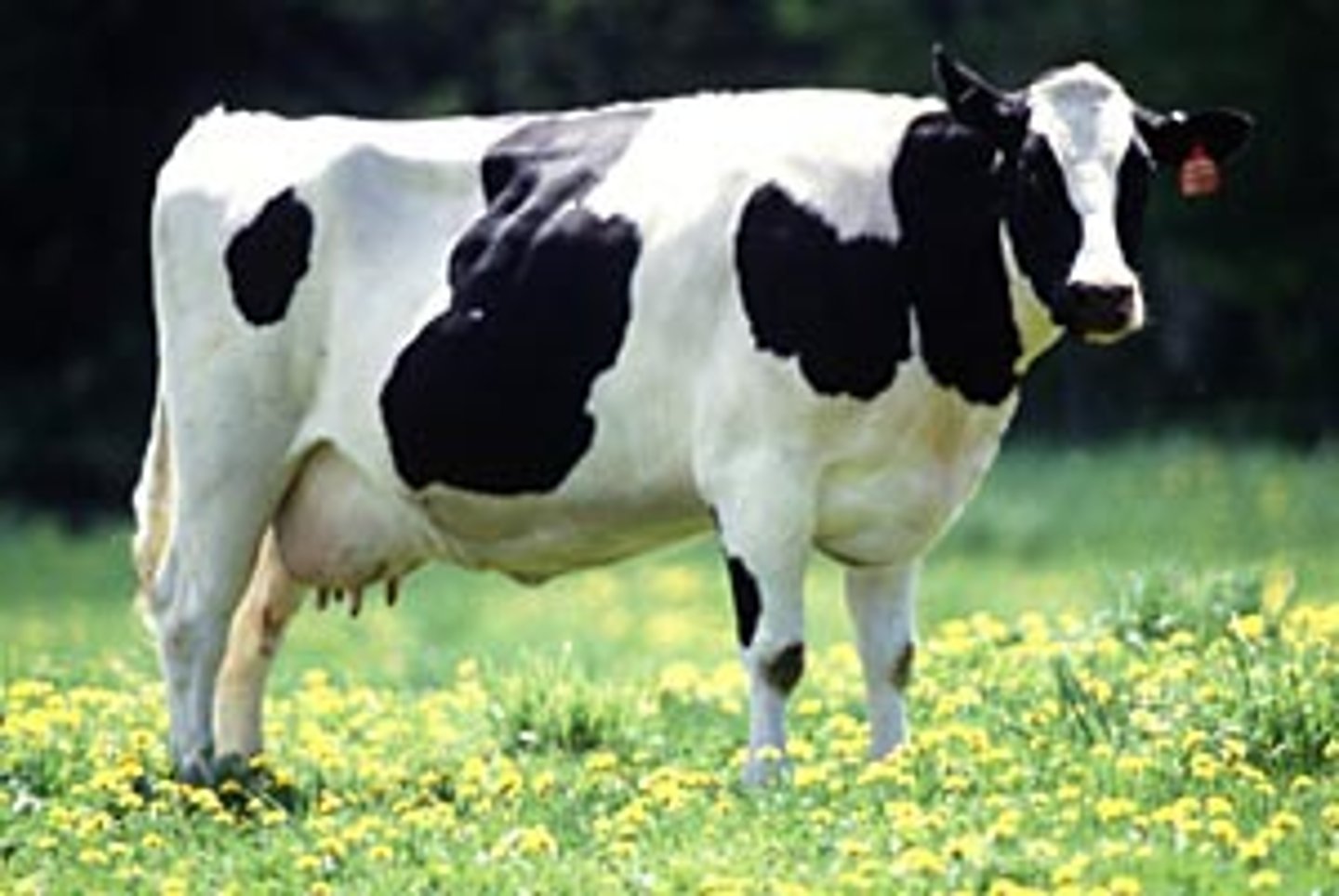
Describe beef production in the UK
-~1.5 million breeding cows
-Average herd size of 28
-Autumn or spring calving
-~80,000 beef units
-There are various cross breeds used for meat but there are also purebreds that are used
-They are slaughtered at 13-24 months
-Most have at least 1 grazing period before slaughter
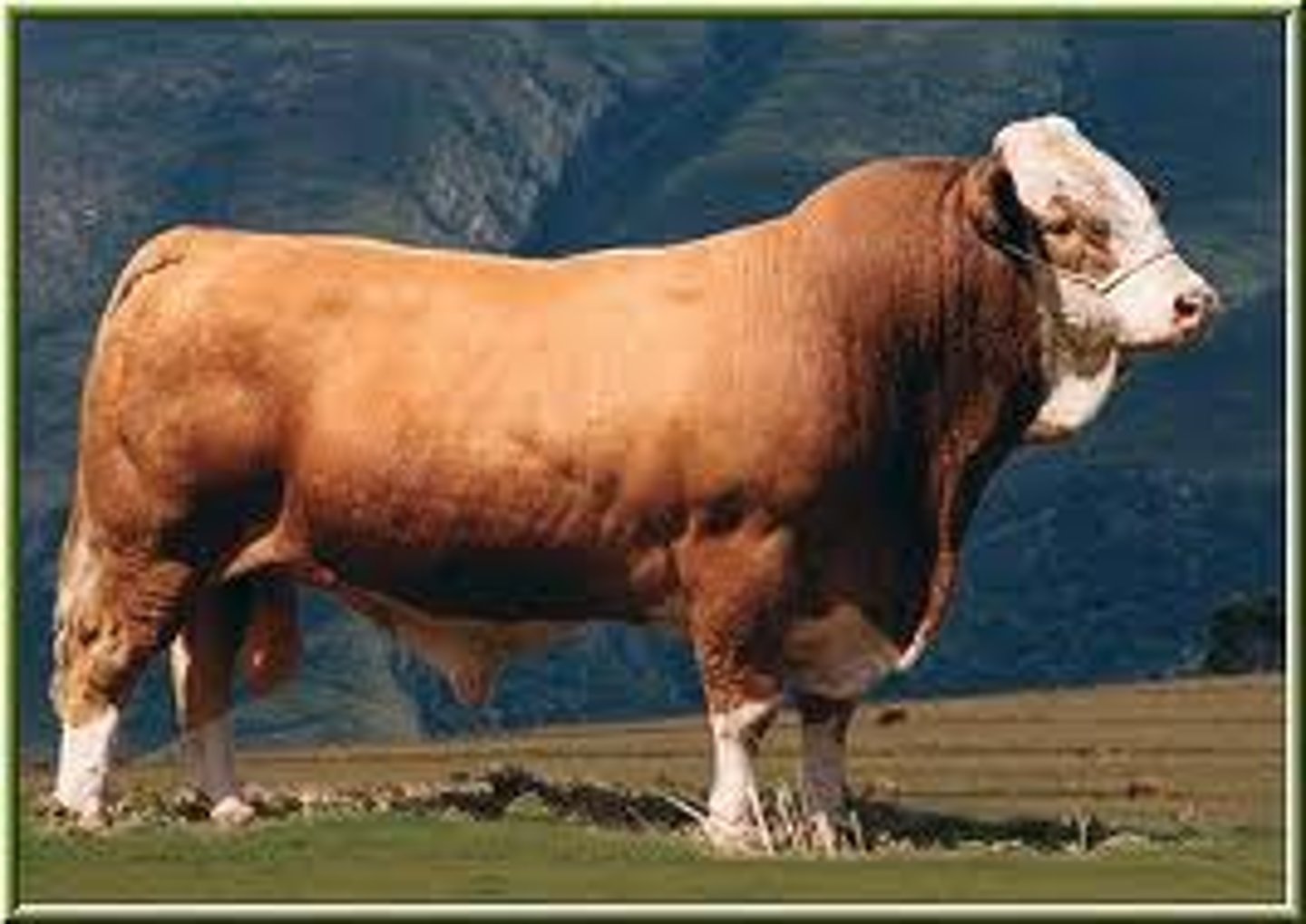
Describe sheep production in the UK
-34 million sheep total with 16 million ewes
-Average flock size in East UK is 220; in West UK it is 350
-Use stratification for their positioning
-Common to have beef and sheep combination

Define stratification
Utilising different breed characteristics and climate-dependent husbandry types to house animals in certain areas. For example, some breeds are hardier to harsh and cold weather but produce more 'wirey' wool.
Describe pig production in the UK
-5 million total with 0.5 million breeding sows
-40% of sows, 20% of weaners and 2-3% of finishers are kept outdoors
-Many farms are part of the pig pyramid where pigs at different production stages are passed onto different farmers
-A lot of farms also partake in the bed and breakfast system where pigs are not owned directly by the farmer, they are just paid to look after them
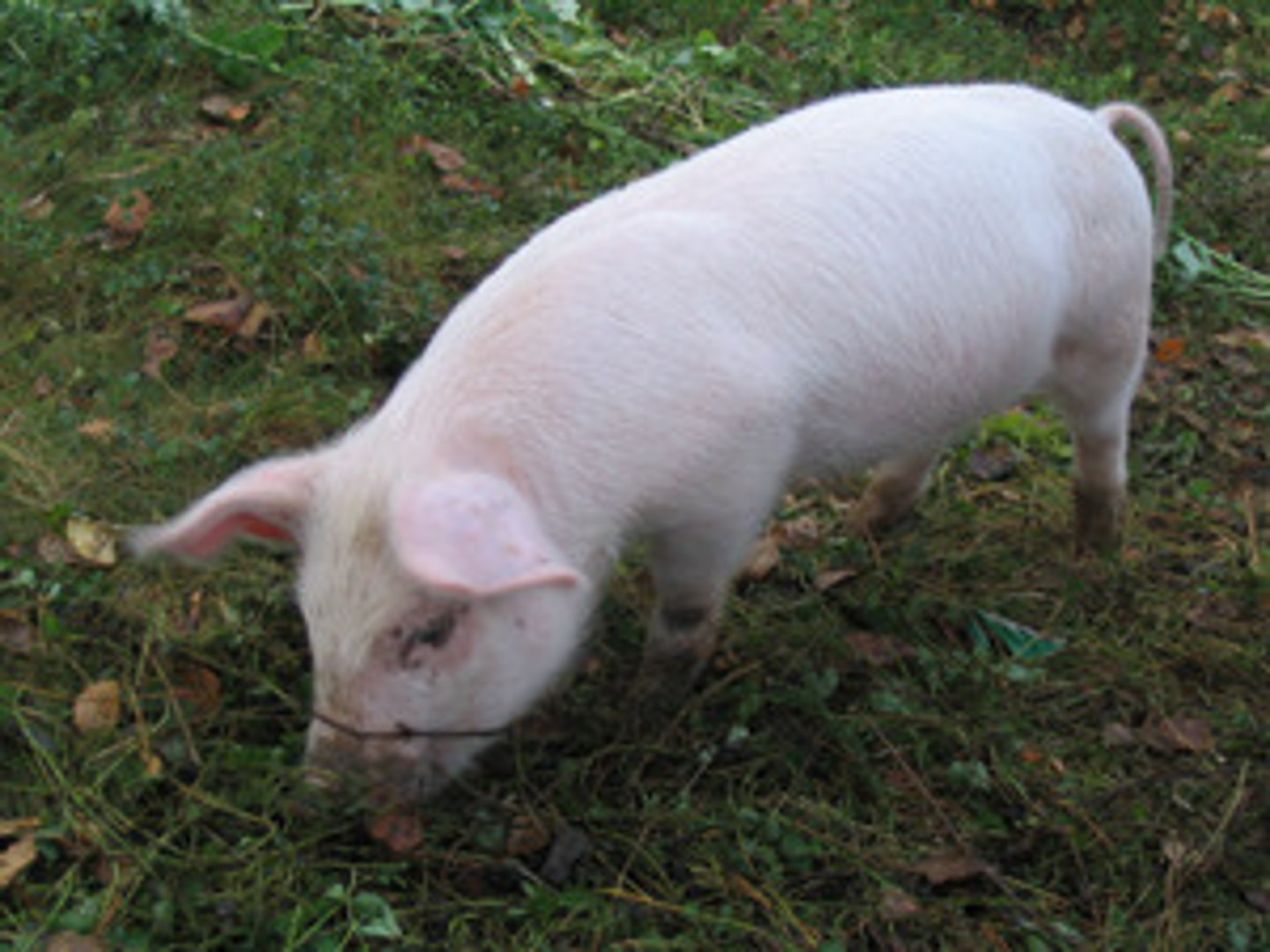
Describe poultry production in the UK
-124 million broilers
-40 million laying hens
-14 million breeding hens
-11 million duck, geese or turkey
-56% of breeders and 23% of layers are kept in a barn
-39% of layers are kept in enriched cages
-55% of chickens are free range
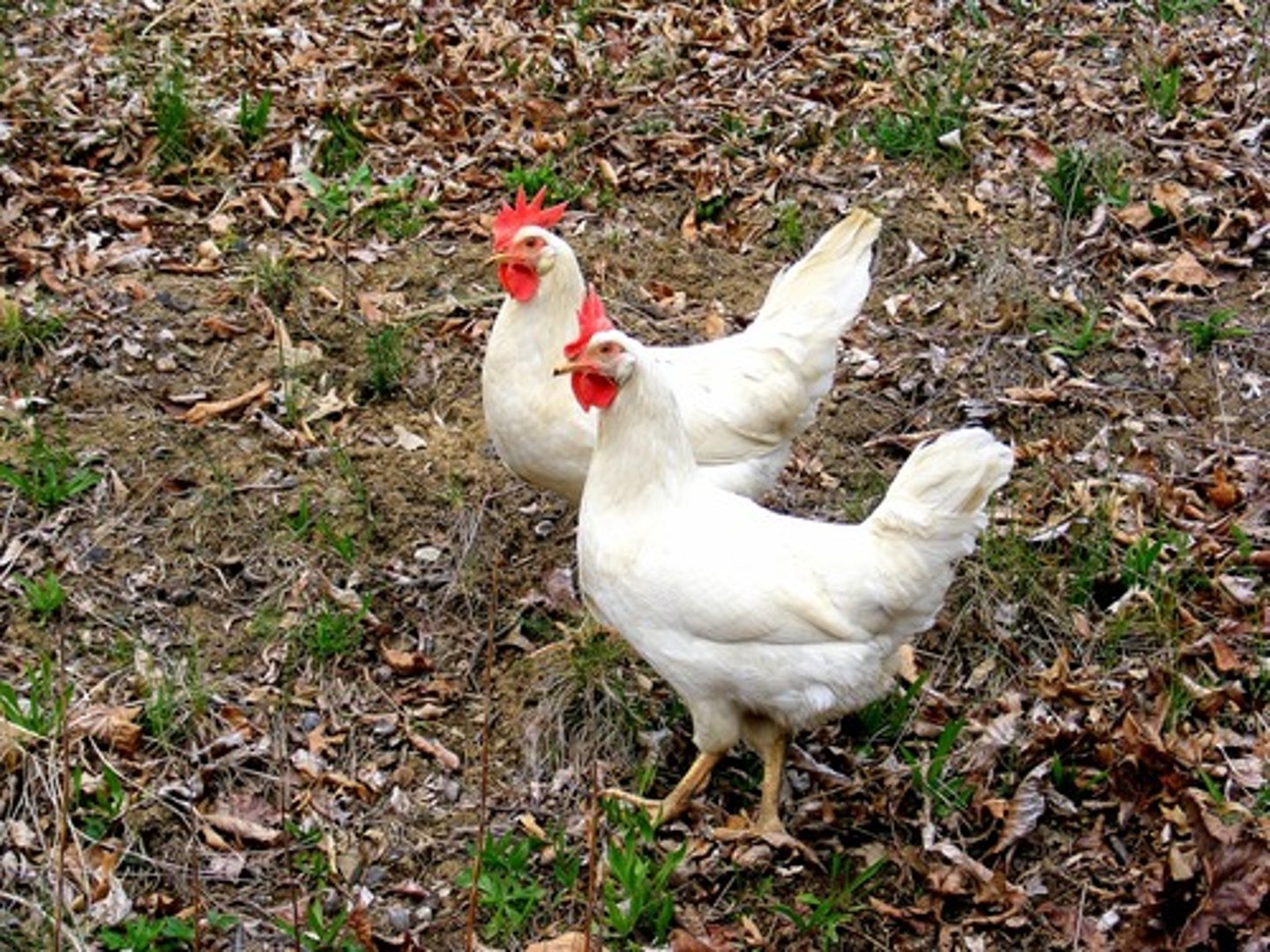
Describe fish production in the UK
-9300 tonnes of shellfish produced per year
-6700 tonnes of trout produced per year
-44 million smolts (young salmon) produced per year
-Key employer for the people of Scotland
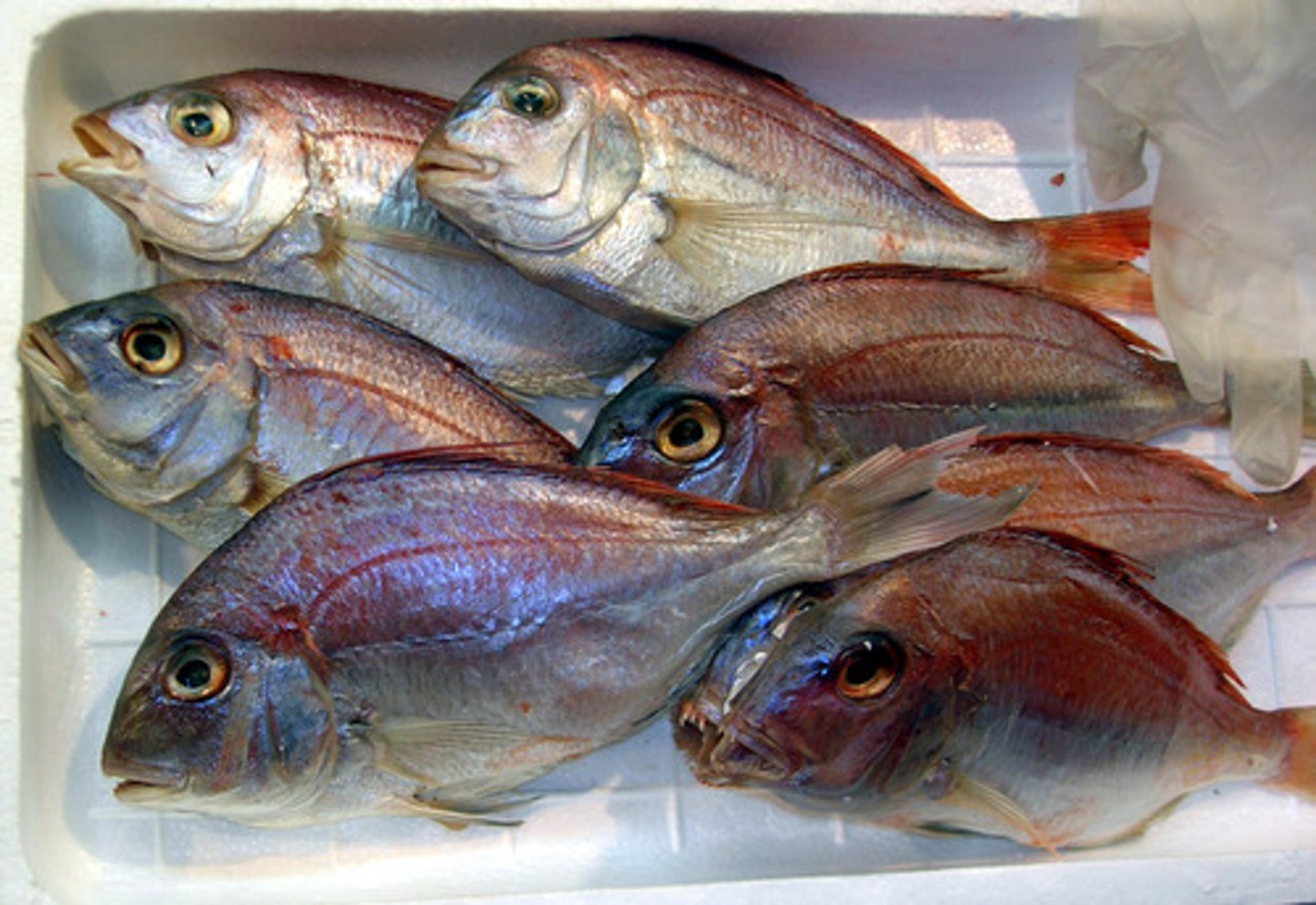
Describe goat production in the UK
-~85000 milk goats
-Small scale in the UK
-Surplus males are used for meat

Describe deer, horse and fibre animal production in the UK
-~34000 farmed deer
-~250,000 horses (not for meat use)
-~35,000 Alpacas used for fibre
-Small number of goats used for fibre
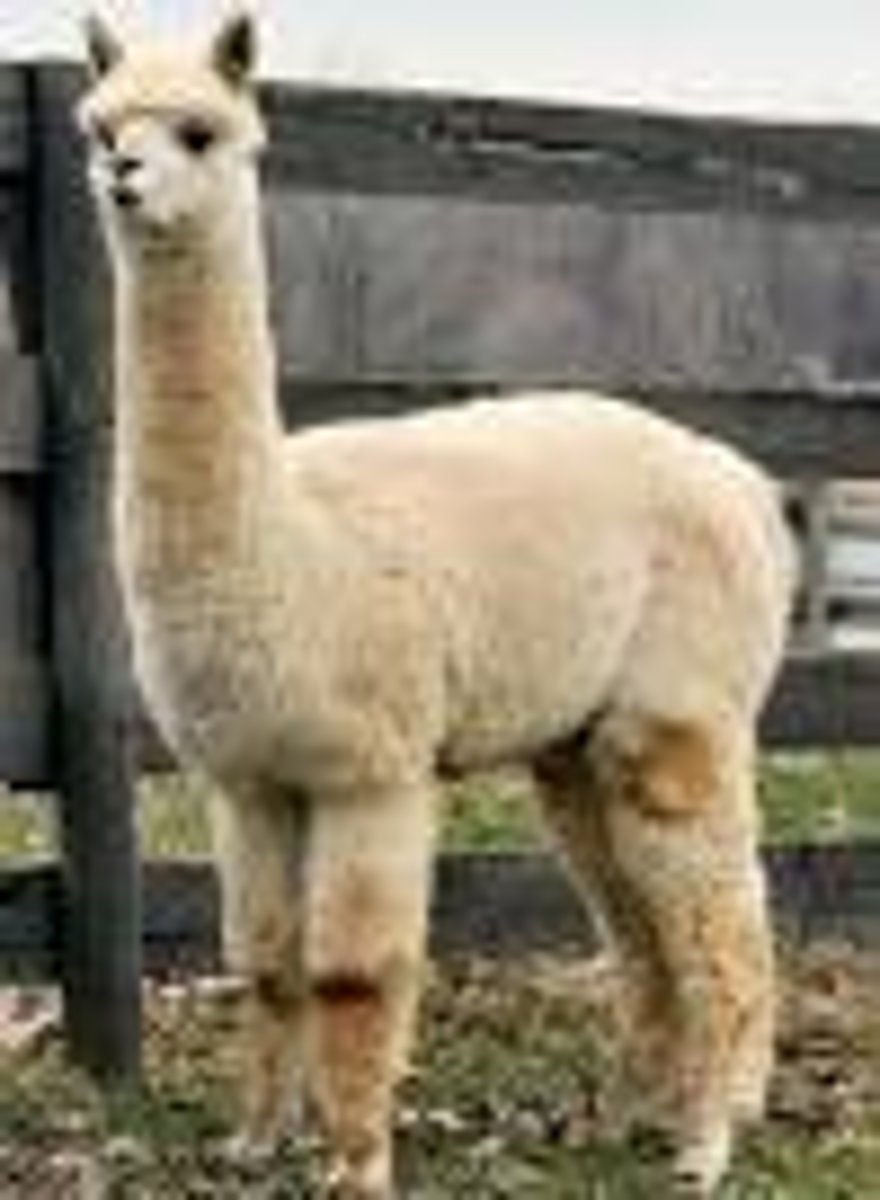
Give the equation for working out the gross margin (profit) of a farm
Gross margin = Output - variable costs
List the output components in farm enterprise costings
-Calf sales
-Premiums
-Subsidies
List the variable costs in farm enterprise costings
-Feed
-Forage
-Bedding
-Vet and medical bills
-Fertiliser
-Transport
-Casual labour
-Replacements
List the fixed costs in farm enterprise costings
-Rent/interest
-Rates
-Utilities
-Staff
(these costs are after the gross margin has been calculated)